Planning Competitions
A lot of athletes will go into their competitive season with no real idea what competitions they are going to compete in, and I think it can really be handy to know in advance roughly when and where you are looking to compete. This is because when setting targets and structuring training it can be particularly useful to know when in the season you may need to peak or train in a certain way. Often competition planning is a conversation to be had between the athlete and the coach and I would encourage you to have a sit down with your coach and go through what competitions you’d like to compete in. Usually it’s best to figure this out a month or two before you start competing particularly if major travel will be required. It is important to consider the following 5 things when thinking about what competitions to do:
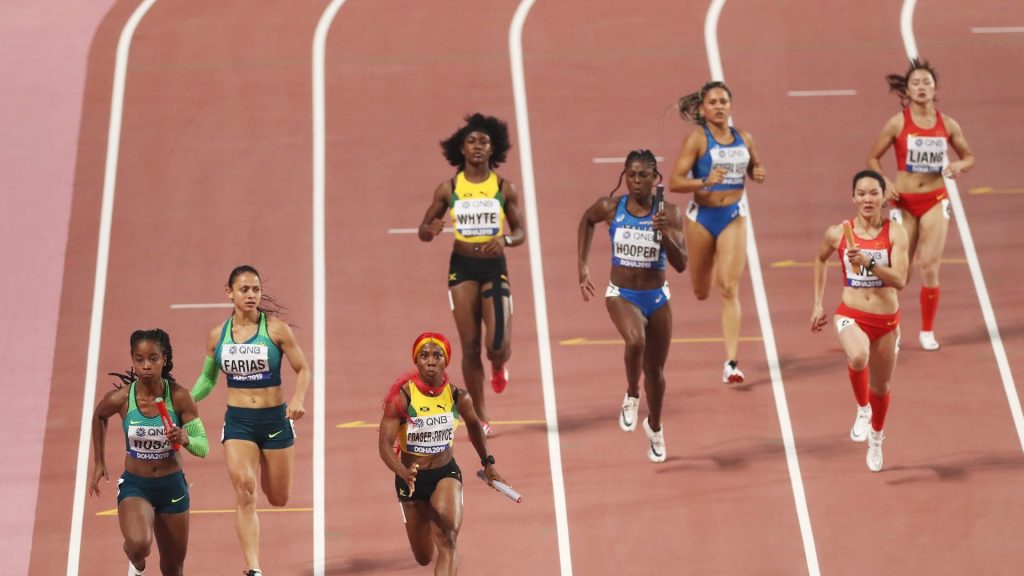
What Competition is the Primary Focus?
- Identify what competition(s) is your primary focus. It is always easiest to select what competitions to do when you have identified which competition is your primary focus. This will be the one which is the biggest of your entire season and for many this will be a championships or trial event. It should be noted that the primary focus will be completely different for every athlete and for you it could be the World Championships, or it could be a local open meet. Just have a think on what competition will be your most important one and then begin to structure around it.
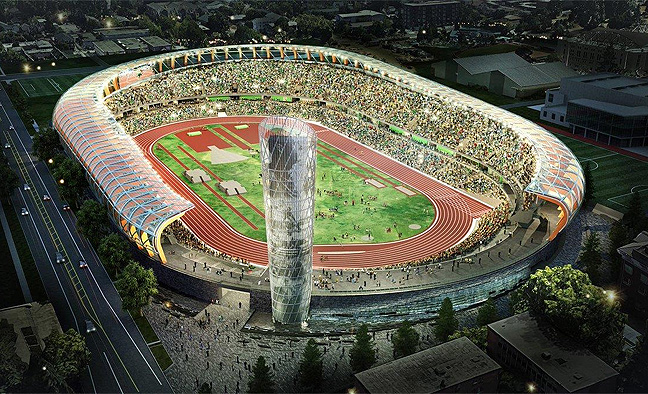
What Purpose will a Competition Serve?
- What purpose will a competition serve? Many athletes will just compete for the sake of competing but the ones who are strategic and are looking to maximise their performance will have thought through why they want to compete at a competition and why they might not. Ensure you keep in mind when your biggest competition is and look to place competitions around it that help you to be in the best possible place to take on that competition. For example a couple of relatively high-level competitions in the lead up to a big one so that you are ready to handle pressure and a high standard of competition. Another example might be doing a low-key competition here or there with less pressure so that you can focus on nailing the technical things you’ve been working on in training.
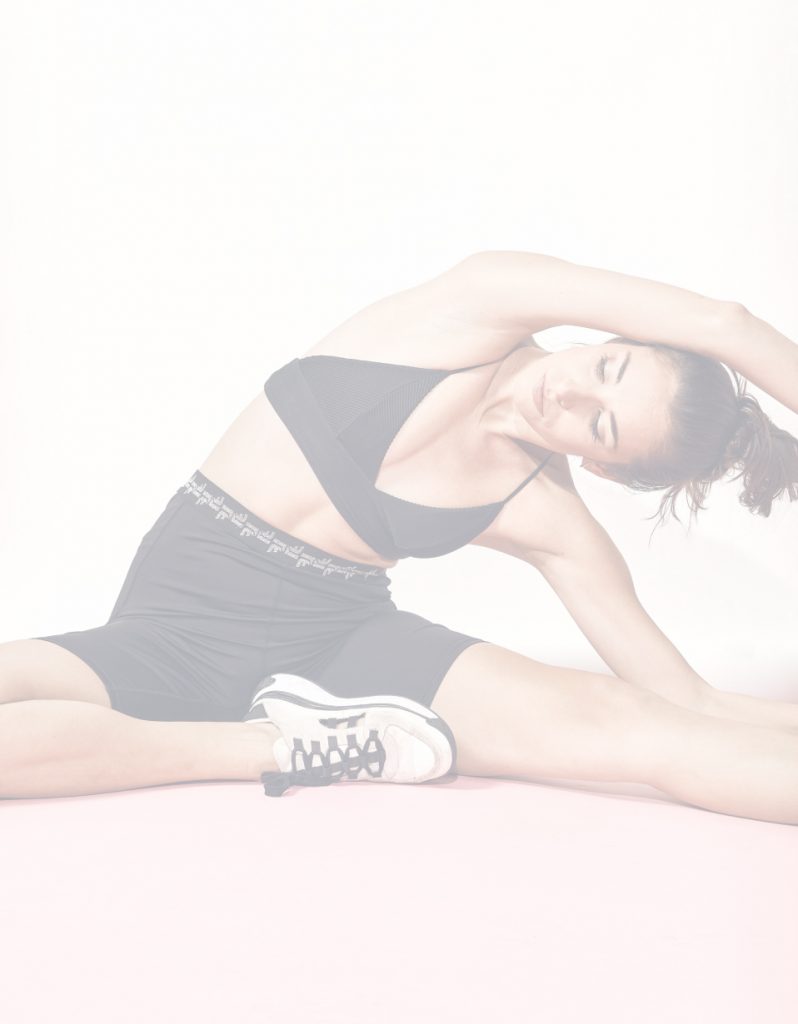
Spacing out of Competitions
- Is this competition spaced out enough so that I can be in shape for it? Whilst we’d all like to just compete, compete, compete we must all also be weary of fatigue. There isn’t really much point in competing if you aren’t going to be 100% before you step on the start line or take your opening throw or jump. This will naturally depend on what event you do, for example a multi-eventer may need several weeks between competitions whereas a sprinter may only need a couple of days. It will also depend on you as an athlete, some athletes recover much quicker than others, so just make sure you know what kind of an athlete you are. It is also key to ensure that you don’t cram too many consecutive competitions within a small-time frame as well as the fact that some competitions may have qualifying rounds. Try and space out accordingly to ensure that every single time you go out to compete you are going to be 100% fit.
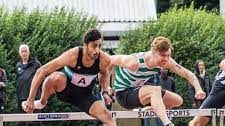
Factoring Travel
- Consider how travel will impact your competitions. Travel can be a major factor for athletes especially for the older ones as to have access to some of the best competitions travel will be required. Travelling can be stressful and exhausting and when it comes to fatigue this should certainly be factored in. I would advise that if you have to travel more than 2-3hrs you should look to try and do so the day prior to competition and look to find accommodation. Trying to run a personal best on the same day as a 4hr drive to get there isn’t going to be particularly easy, not to mention that injuries could also happen. And if you are an athlete who is competing internationally it will always be much cheaper to book flights and hotels in advance. Look to try not to do too much travelling unless it is necessary.
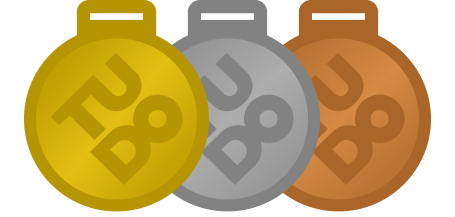
Structuring Competition Around Life
- Structure your competition around your life. Finally it is important to also consider that as athletes we aren’t robots and leaving time aside to be able to socialise or to handle other things beyond the sport is key. If you fill every weekend with a competition, then not only will you likely burn out, but you also won’t allow yourself to enjoy and live your life. Try to find the right balance that works for you. A happy athlete is usually a successful one too!

Three Block Strategy
There is no one single solution that fits all when it comes to structuring your competition calendar but one of the best models I like to use when structuring my competition season is what I call the “three block strategy”. This is where you group your competitions close-ish together into three blocks and then have two periods in between blocks designed for rest, recovery but also for giving time to fix the things you identified as issues from the races in the block just gone. So for example for my outdoor season I would look to place the first block from late April to late May. This would act as an initialisation block of competitions and would allow me to get back into the swing of competitions and try to work on the things I have worked on over in pre-season training. I don’t expect exceptional performances in this block, but I am hoping to see technical consistency and feel growing confidence in competitions. I would then have my first rest period which would last around 2 weeks at the end of May and start of June and look to fix in training all that I and my coach felt were issues in the first block. From here I would then start my second block and almost always my biggest competition will come at the end of this period. This block will be all about trying to run as fast as possible and be competitive. Usually for me this goes from mid-June through to mid-July and after this then I will have my second off period and this would be to ensure I don’t burn out and maintain shape. Finally the third block will start at the end of July and will go on till about mid to late August and will be all about ensuring I maintain consistency and hopefully, if possible, go even quicker than I did in the second block. This may not be the way you wish to structure your competitions but is a good outline to ensure you don’t suffer fatigue and also reserve time to learn and improve mid-season.
